F. Javier López-Martínez
User Selection in Near-Field Gigantic MIMO Systems with Modular Arrays
Jan 10, 2025Abstract:Modular Arrays (MAs) are a promising architecture to enable multi-user communications in next-generation multiple-input multiple-output (MIMO) systems based on extra-large (XL) or gigantic MIMO (gMIMO) deployments, trading off an improved spatial resolution with characteristic interference patterns associated to grating lobes. In this work, we analyze whether MAs can outperform conventional collocated deployments, in terms of achievable sum-rate and served users in a multi-user downlink set-up. First, we provide a rigorous analytical characterization of the inter-user interference for modular gMIMO systems operating in the near field. Then, we leverage these results to optimize the user selection and precoding mechanisms, designing two algorithms that largely outperform existing alternatives in the literature, with different algorithmic complexities. Results show that the proposed algorithms yield over 70% improvements in achievable sum-spectral efficiencies compared to the state of the art. We also illustrate how MAs allow to serve a larger number of users thanks to their improved spatial resolution, compared to the collocated counterpart.
How Should One Fit Channel Measurements to Fading Distributions for Performance Analysis?
Dec 04, 2024Abstract:Accurate channel modeling plays a pivotal role in optimizing communication systems, especially as new frequency bands come into play in next-generation networks. In this regard, fitting field measurements to stochastic models is crucial for capturing the key propagation features and to map these to achievable system performances. In this work, we shed light onto what's the most appropriate alternative for channel fitting, when the ultimate goal is performance analysis. Results show that average-error metrics should be used with caution, since they can largely fail to predict outage probability measures. We show that supremum-error fitting metrics with tail awareness are more robust to estimate both ergodic and outage performance measures, even when they yield a larger average-error fitting.
Analytical Characterization of the Operational Diversity Order in Fading Channels
May 15, 2024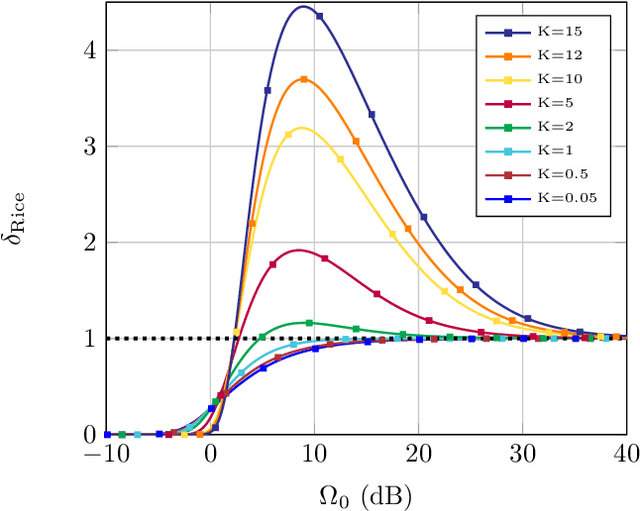
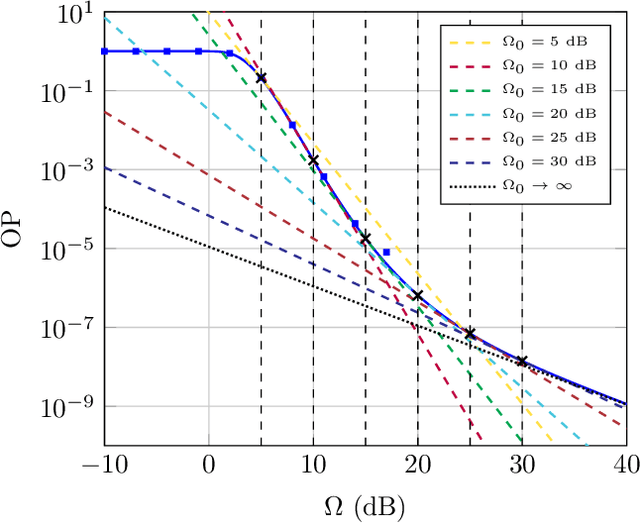
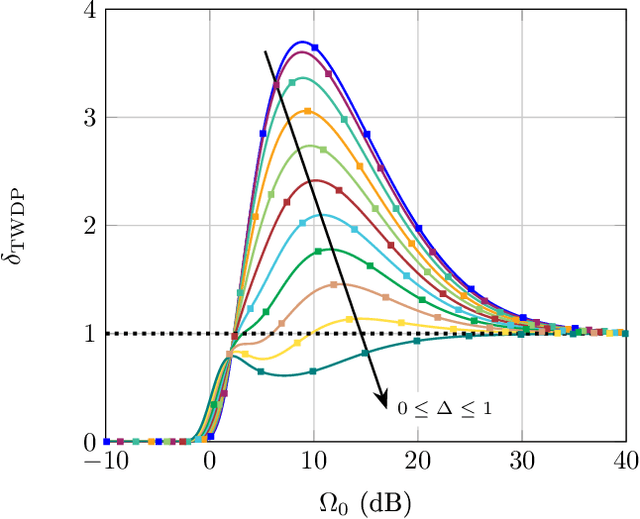
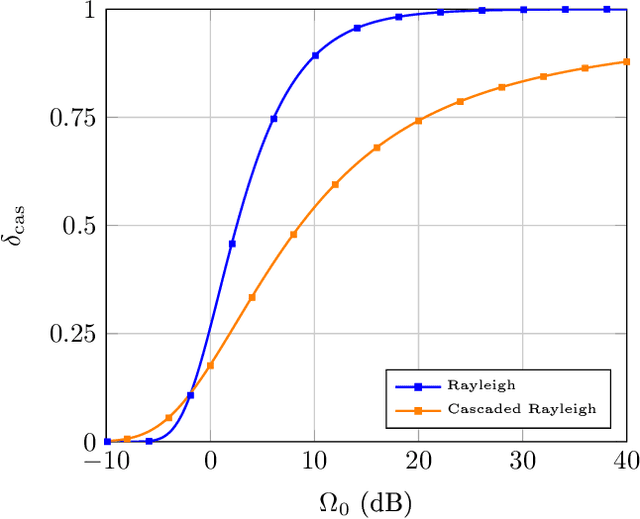
Abstract:We introduce and characterize the operational diversity order (ODO) in fading channels, as a proxy to the classical notion of diversity order at any arbitrary operational signal-to-noise ratio (SNR). Thanks to this definition, relevant insights are brought up in a number of cases: (i) We quantify that in line-of-sight scenarios an increased diversity order is attainable compared to that achieved asymptotically; (ii) this effect is attenuated, but still visible, in the presence of an additional dominant specular component; (iii) we confirm that the decay slope in Rayleigh product channels increases very slowly and never fully achieves unitary slope for finite values of SNR.
Composite IG/FTR Channel Performance in Wireless Communication Systems
May 09, 2022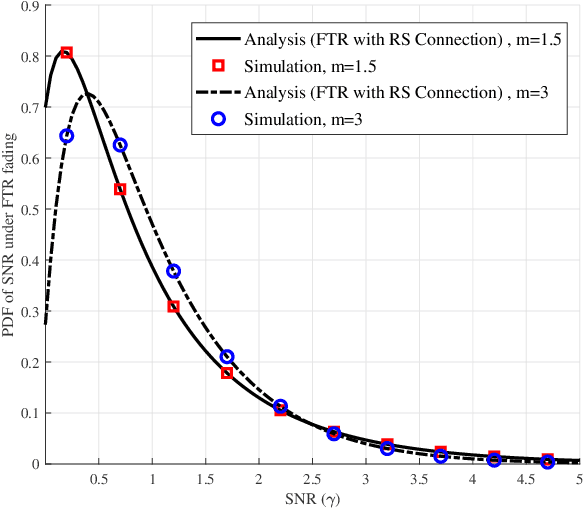
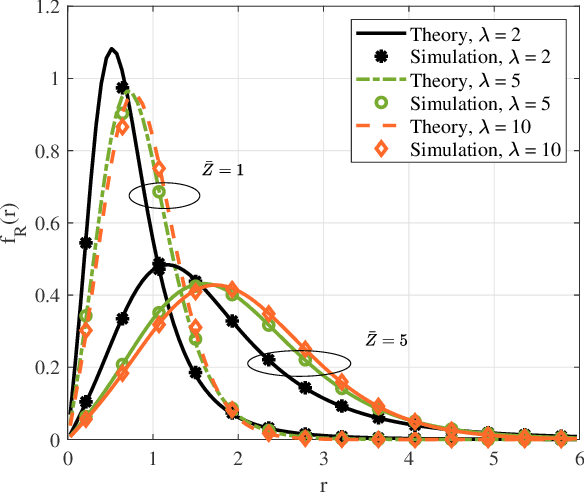
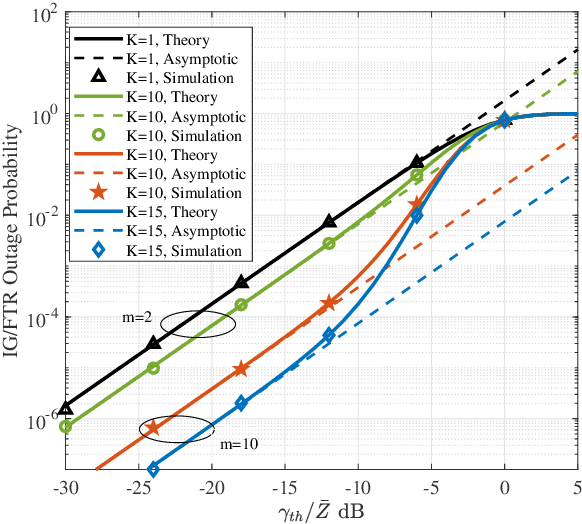
Abstract:We present a composite wireless fading model encompassing multipath fading and shadowing based on fluctuating two-ray (FTR) fading and inverse gamma (IG) shadowing. We first determine an alternative framework for the statistical characterization and performance evaluation of the FTR fading model, which is based on the fact that the FTR fading distribution can be described as an underlying Rician Shadowed (RS) distribution with continuously varying parameter Kr (ratio of specular to diffuse components). We demonstrate that this new formulation permits to obtain a closed-form expression of the generalized moment generating function (GMGF) of the FTR model, from which the PDF and CDF of the composite IG/FTR model can be obtained in closed-form. The exact and asymptotic outage probability of the IG/FTR model are analyzed and verified by Monte Carlo simulations.
Joint Distribution of Distance and Angles in Finite Wireless Networks
Mar 29, 2022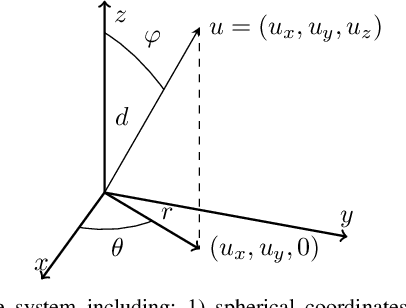
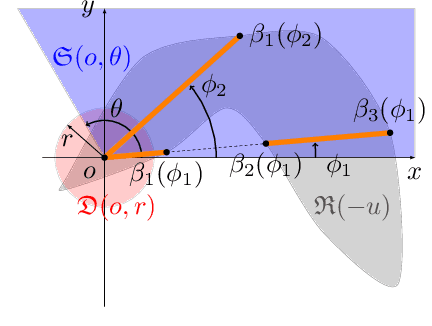
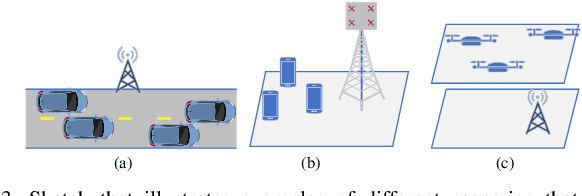
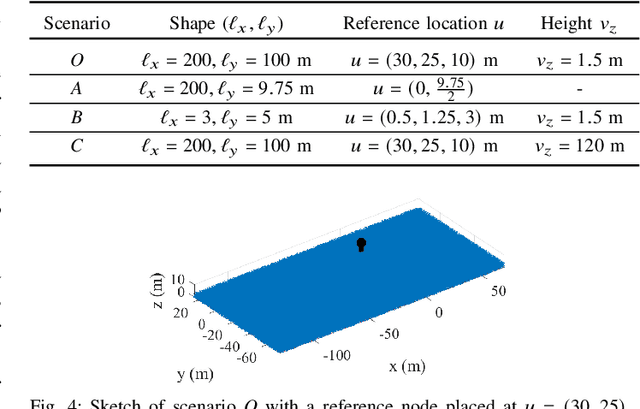
Abstract:Directional beamforming will play a paramount role in 5G and beyond networks in order to combat the higher path losses incurred at millimeter wave bands. Appropriate modeling and analysis of the angles and distances between transmitters and receivers in these networks are thus essential to understand performance and limiting factors. Most existing literature considers either infinite and uniform networks, where nodes are drawn according to a Poisson point process, or finite networks with the reference receiver placed at the origin of a disk. Under either of these assumptions, the distance and azimuth angle between transmitter and receiver are independent, and the angle follows a uniform distribution between $0$ and $2\pi$. Here, we consider a more realistic case of finite networks where the reference node is placed at any arbitrary location. We obtain the joint distribution between the distance and azimuth angle and demonstrate that these random variables do exhibit certain correlation, which depends on the shape of the region and the location of the reference node. To conduct the analysis, we present a general mathematical framework which is specialized to exemplify the case of a rectangular region. We then also derive the statistics for the 3D case where, considering antenna heights, the joint distribution of distance, azimuth and zenith angles is obtained. Finally, we describe some immediate applications of the present work, including the analysis of directional beamforming, the design of analog codebooks and wireless routing algorithms.
Low-Complexity Distance-Based Scheduling for Multi-User XL-MIMO Systems
Apr 28, 2021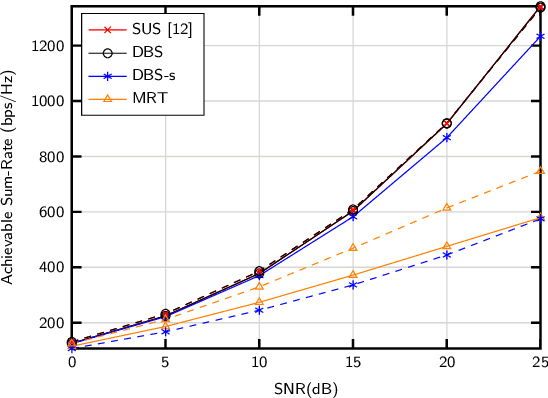
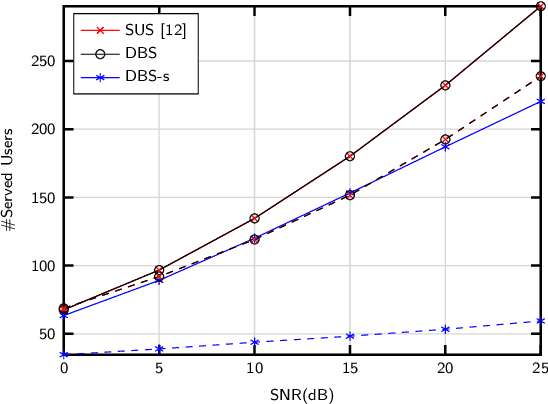
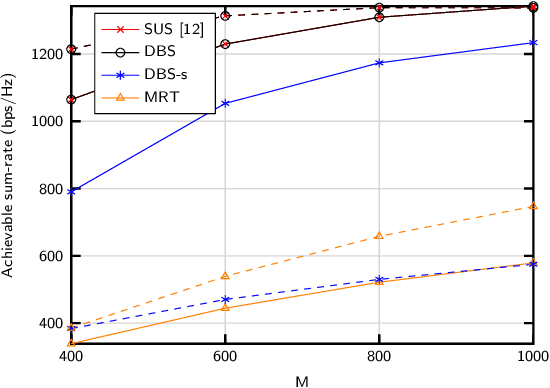

Abstract:We introduce DBS, a new technique for user selection in downlink multi-user communications with extra-large (XL) antenna arrays. DBS categorizes users according to their equivalent distance to the antenna array. Such categorization effectively accounts for inter-user interference while largely reducing the computational burden. Results show that (i) DBS achieves the same performance as the reference zero-forcing beamforming scheme with a lower complexity; (ii) a simplified version of DBS achieves a similar performance when realistic spherical-wavefront (SW) propagation features are considered; (iii) SW propagation brings additional degrees of freedom, which allows for increasing the number of served users.
 Add to Chrome
Add to Chrome Add to Firefox
Add to Firefox Add to Edge
Add to Edge